
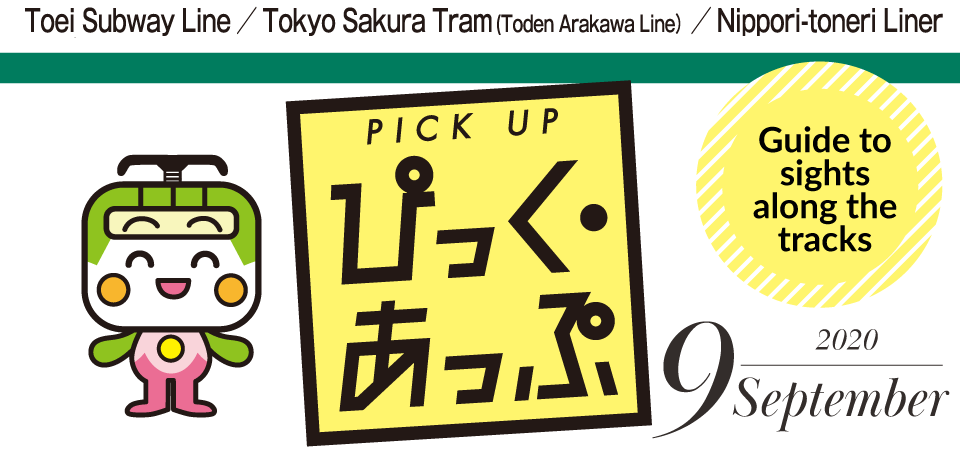
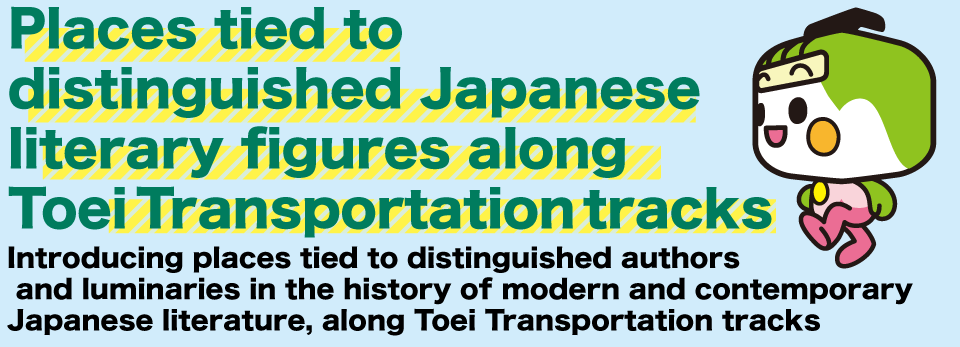
Habutae dumplings at Imozaka
Famed dumplings loved by many distinguished Japanese literary figures
Habutae dumplings often appeared in the works of major Japanese authors during the Meiji era. In his "I Am a Cat," for example, Natsume Soseki has one character suggest, "Let's go try some of Imozaka's famous dumplings." Their purveyor opened its doors in 1819, and the dumplings were so named because of the fine grain reminiscent of "habutae," a silk cloth with a fine weave. There are two types of dumpling: one roasted and flavored with soy sauce, and the other coated with sweet azuki bean paste. Both are served with green tea.
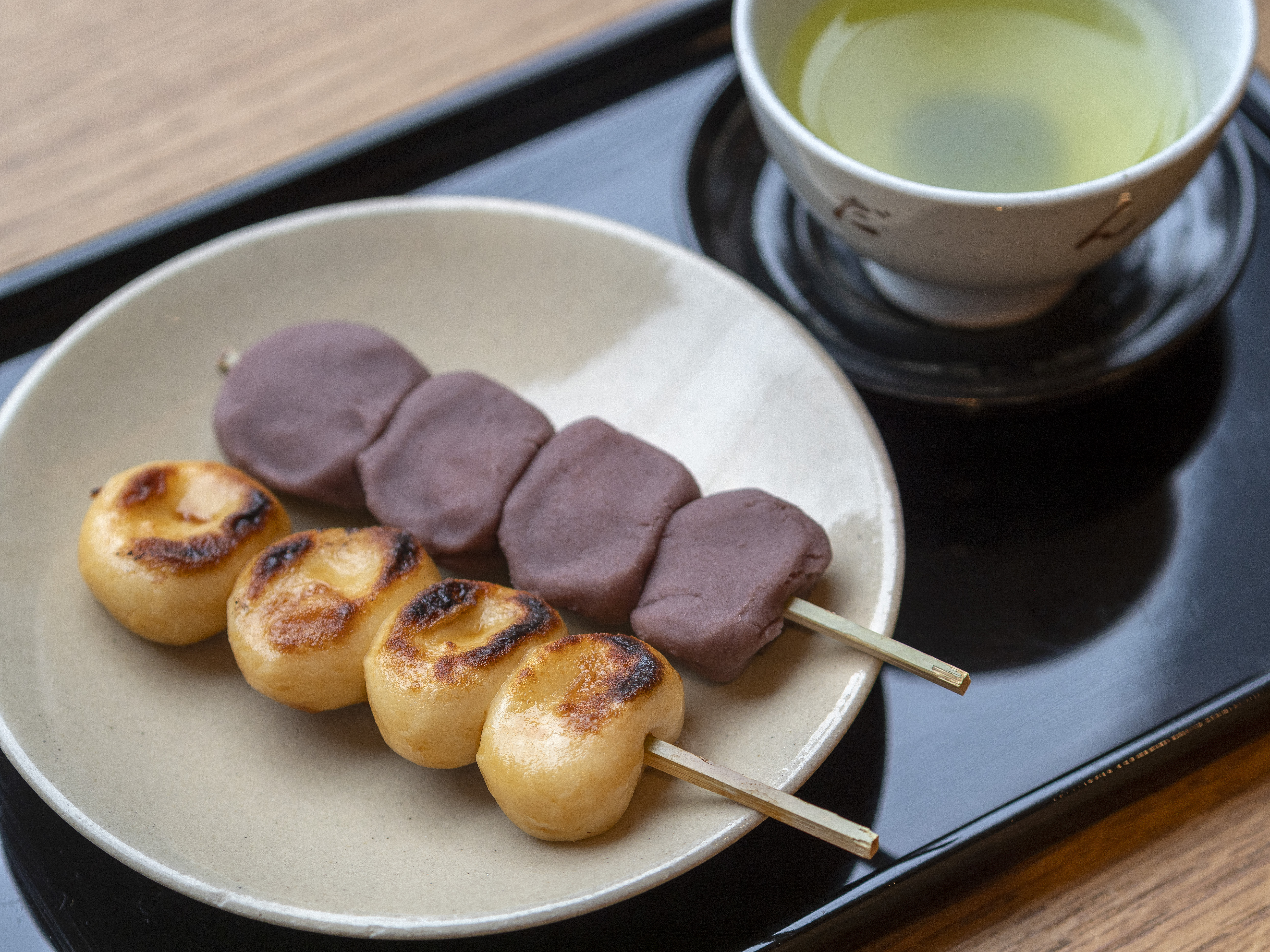
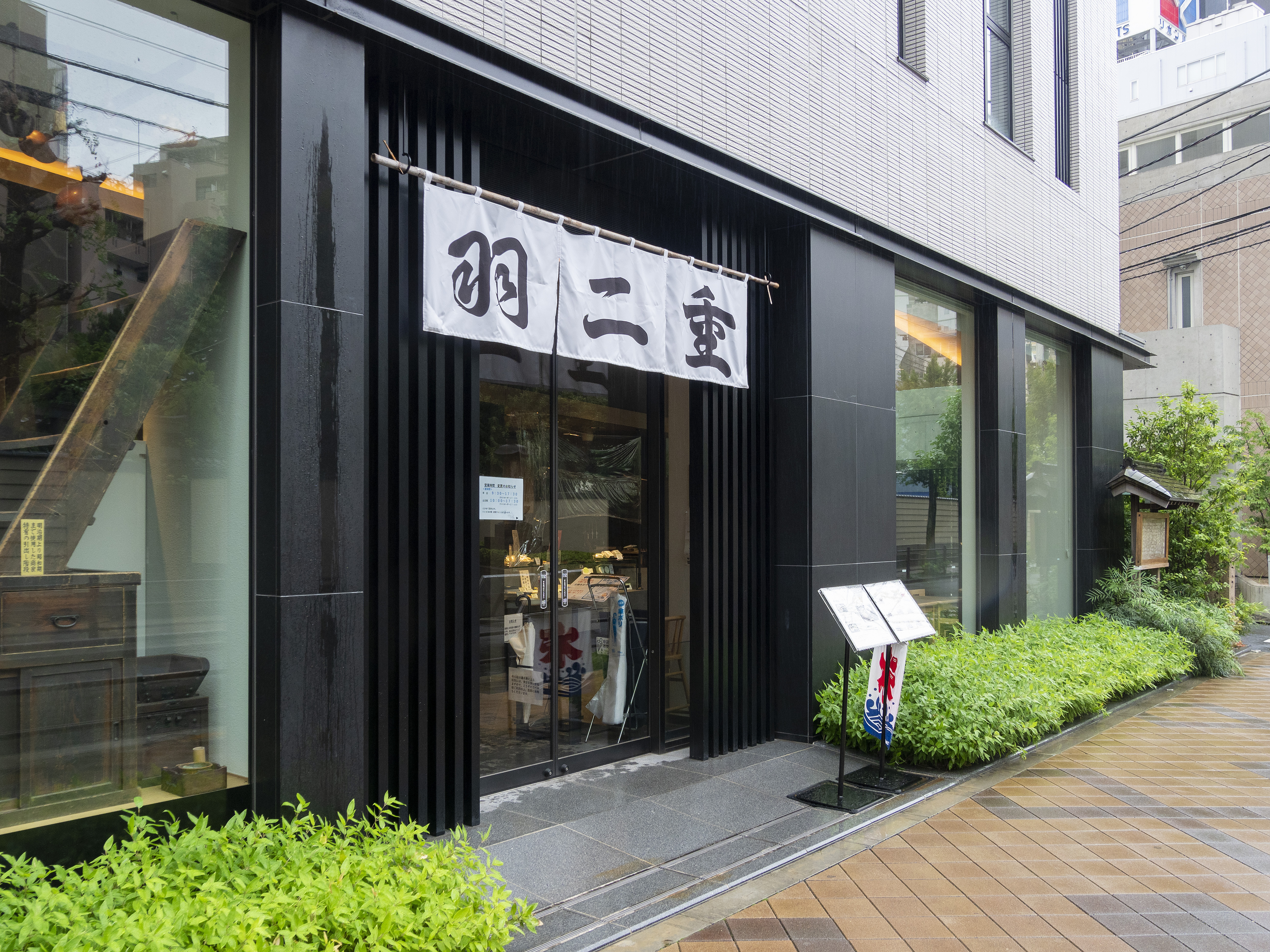
5-min. walk from Nippori Station on the Nippori-toneri Liner
Address 5 Higashi Nippori, Arakawa Ward
Contact 03-3891-2924
Hours 9:30 -17:30 (10:00 - LO17:15 on Saturdays, Sundays, and holidays) *Subject to change
Closing days None
The former site of Kanchoro
The former residence of Mori Ogai in his later years
Kanchoro was where Mori Ogai lived for 30 years until his death at age 60. Situated at a height atop Dangozaka (a.k.a. Shiomizaka), it originally afforded a view of the sea off Shinagawa from the study on the second floor, and was therefore given its name, which literally means "tide-watching tower." In its current role as the Mori Ogai Memorial Museum, it displays Ogai's manuscripts, articles he left behind, and other materials. The posts of the gate to Kanchoro remain at the entrance by Yabushita-dori Avenue, and the garden has a huge ginkgo tree and stone on which Ogai used to sit.
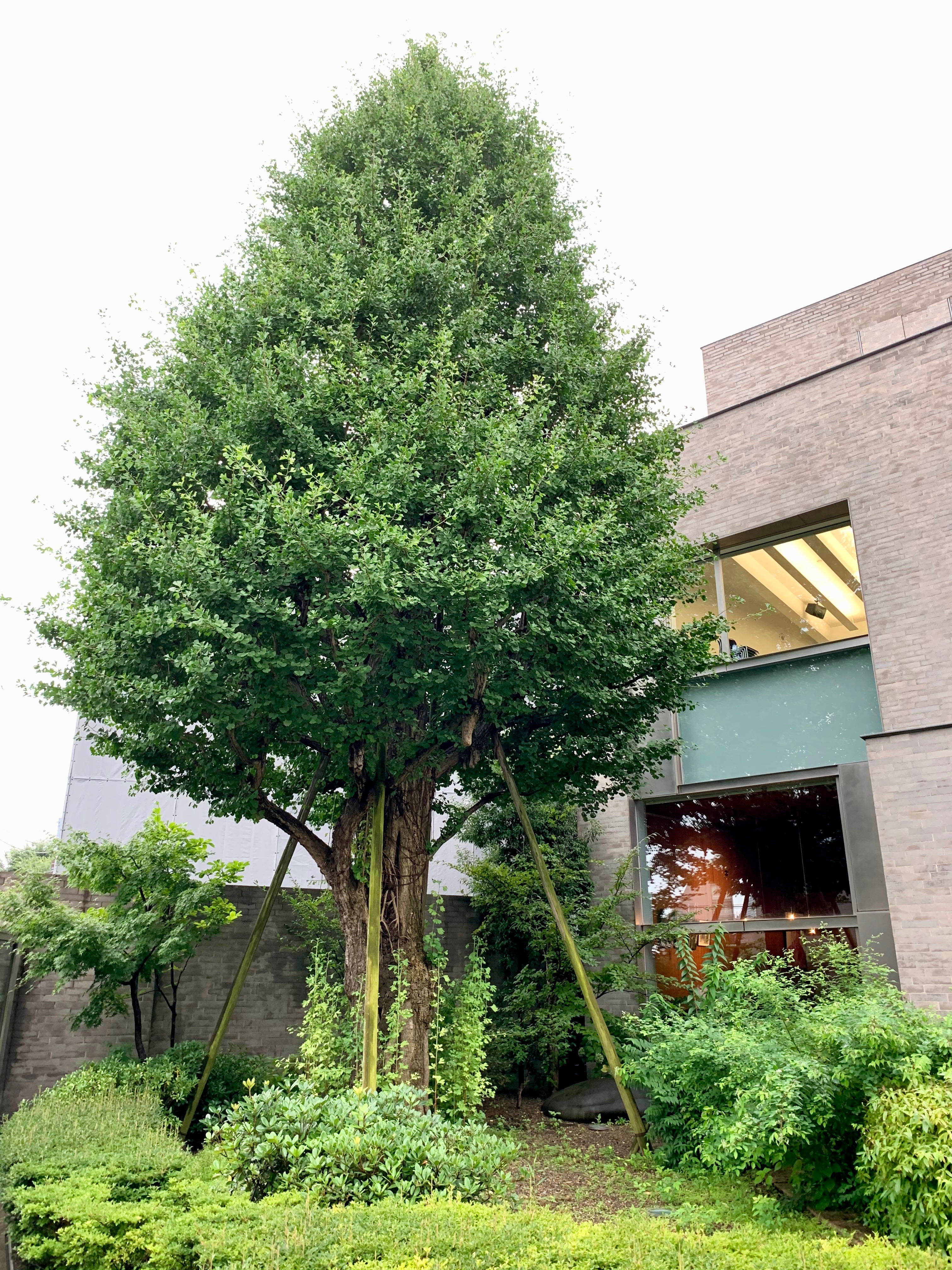
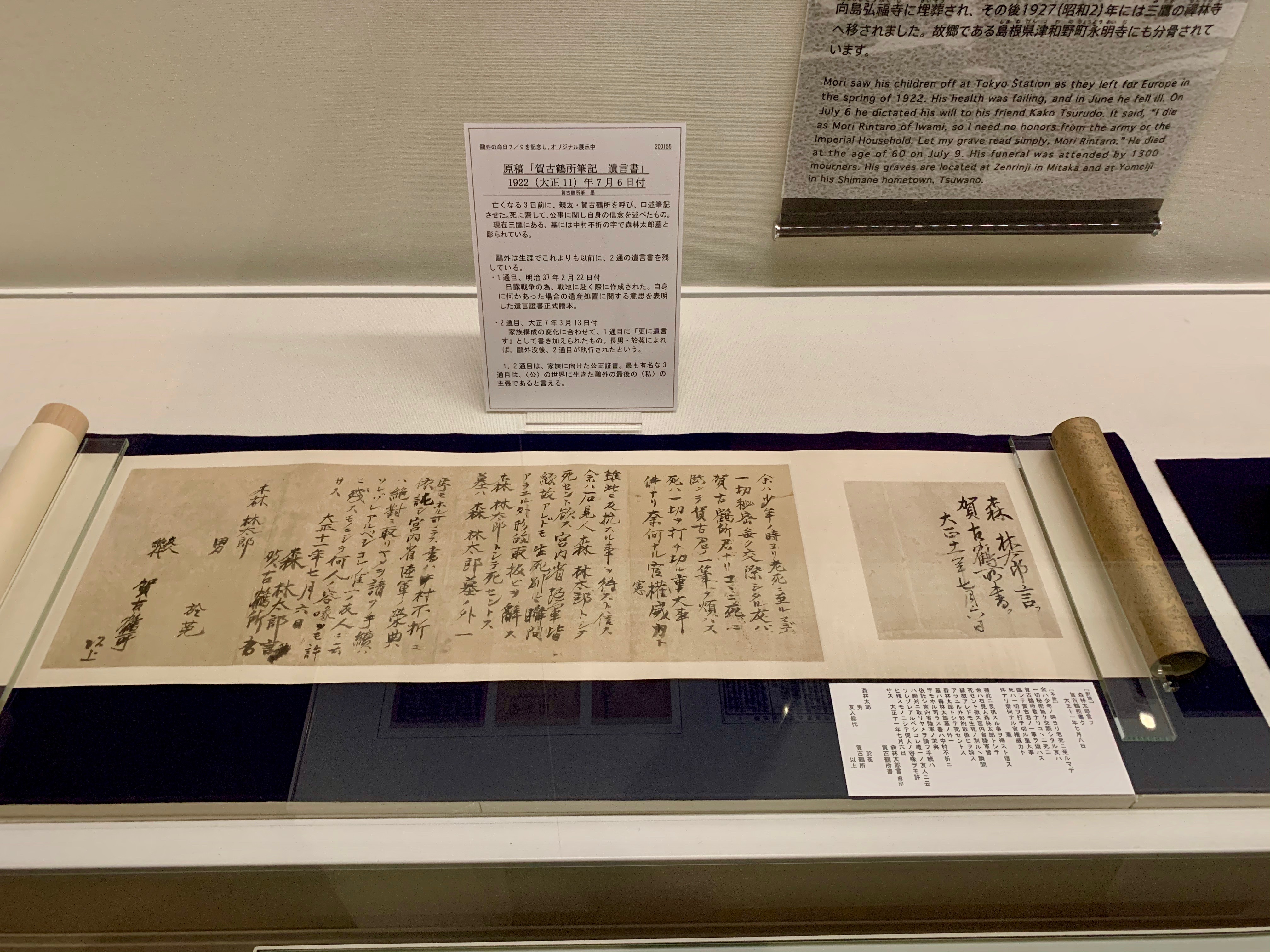
15-min. walk from Hakusan Station on the Toei Mita Line
Address 1 Sendagi, Bunkyo Ward
Hours 10:00 - 18:00
Closing days On the fourth Tuesday of every month (if the fourth Tuesday is a holiday, then the residence will be closed on the next day)
Admission 300 yen for the regular exhibition
Contact 03-3824-5511
Looking-back willow tree in Yoshiwara
A relic of the world brimming with a romantic air as depicted in "Takekurabe"
The "looking-back willow" of Yoshiwara appears in the following passage at the beginning of "Takekurabe," a novel by Higuchi Ichiyo: "Go around, and it is quite far to the looking-back willow by the big gate···" The spot was a famed one in the old Yoshiwara pleasure quarter, and the willow was so named because returning customers used to look back at the district, as if reluctant to leave, from beside it. Near the willow is a street light on which is written "Yoshiwara Main Gate" that was erected where the gate once stood.
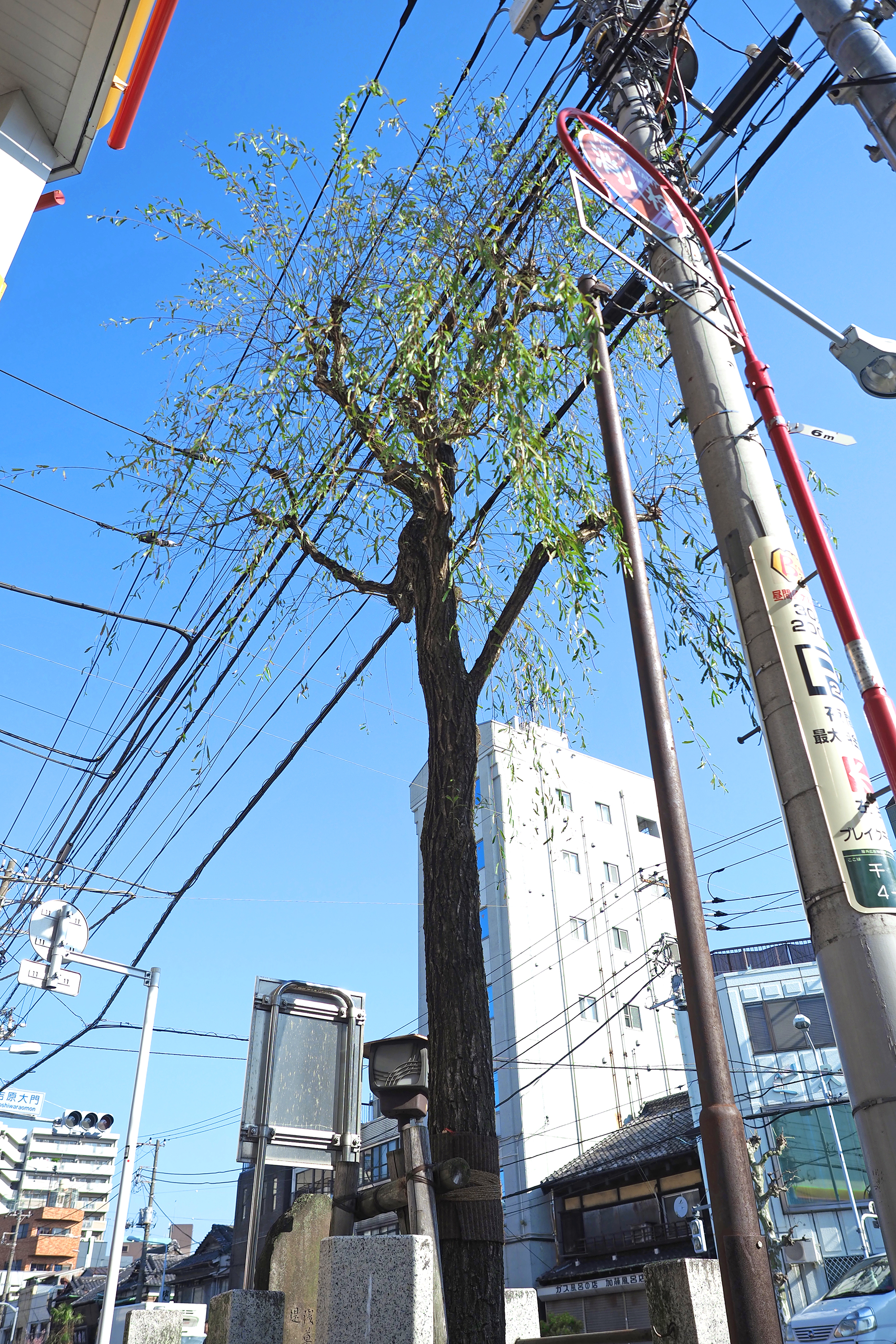
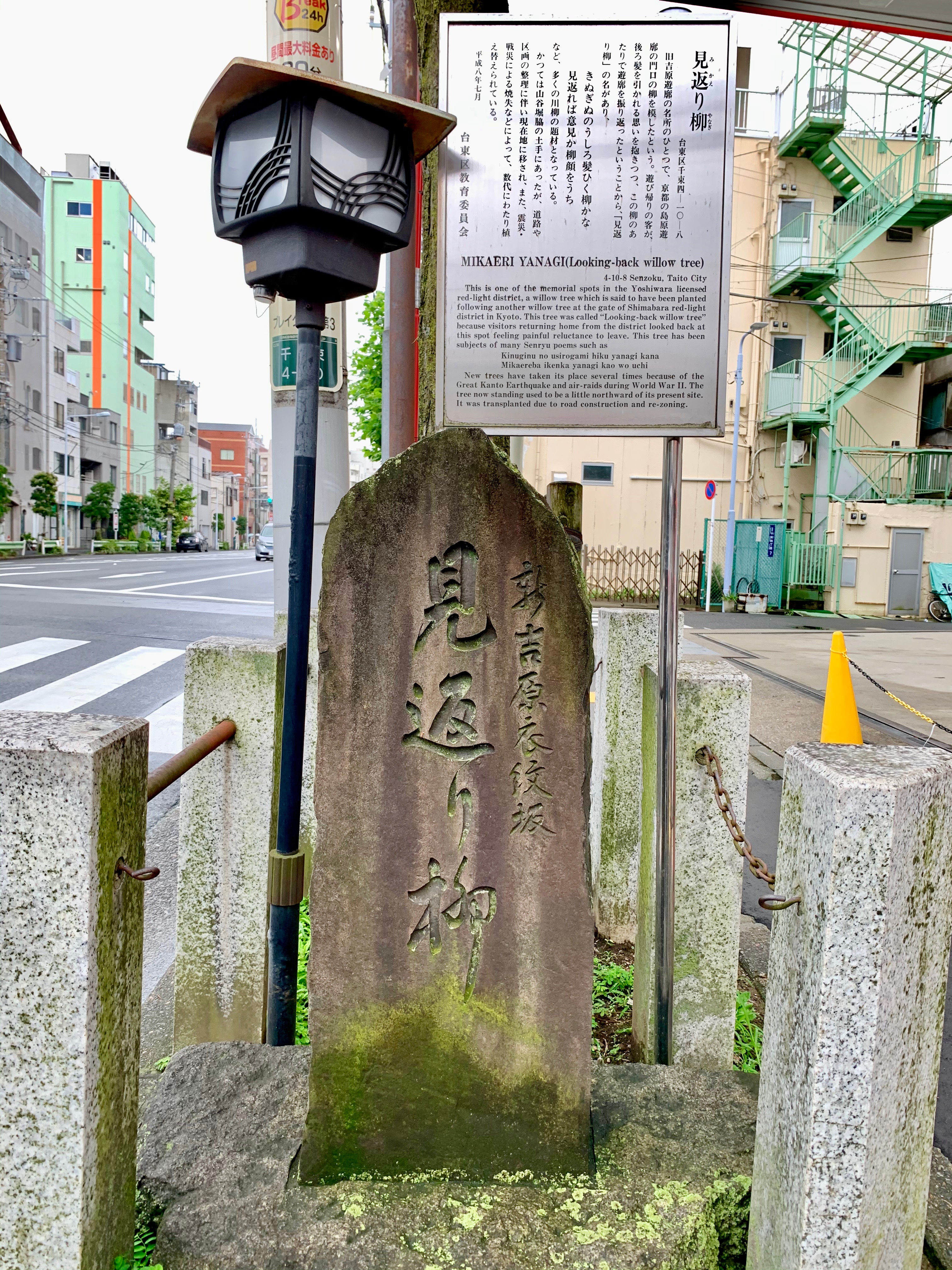
18-min. walk from the Minowabashi Stop on the Tokyo Sakura Tram (Toden Arakawa Line)
Address 4 Senzoku, Taito Ward
Koizumi Yakumo Memorial Park
A Greek-style park where Lafcadio Hearn last lived
This park was built to honor the achievements of Koizumi Yakumo (Lafcadio Hearn), who is known as the author of "The Snow Woman" and "Hoichi the Earless," at the place where he spent his last years. The park's design uses images of Greece, where Hearn was born, with features such as stone columns and white walls positioned here and there. The park also contains a bust of Hearn surrounded by a flower bed and a monument introducing his life.
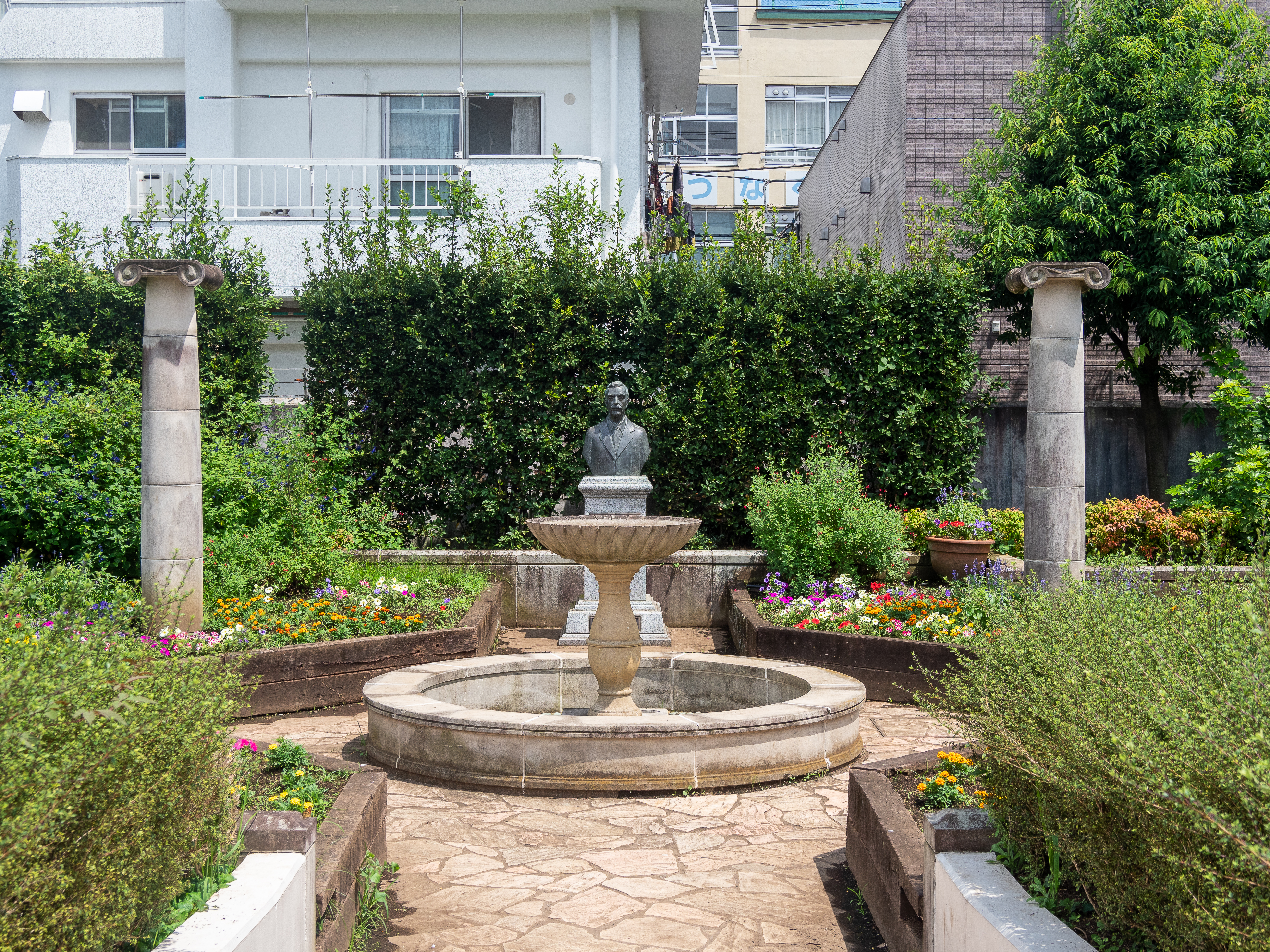
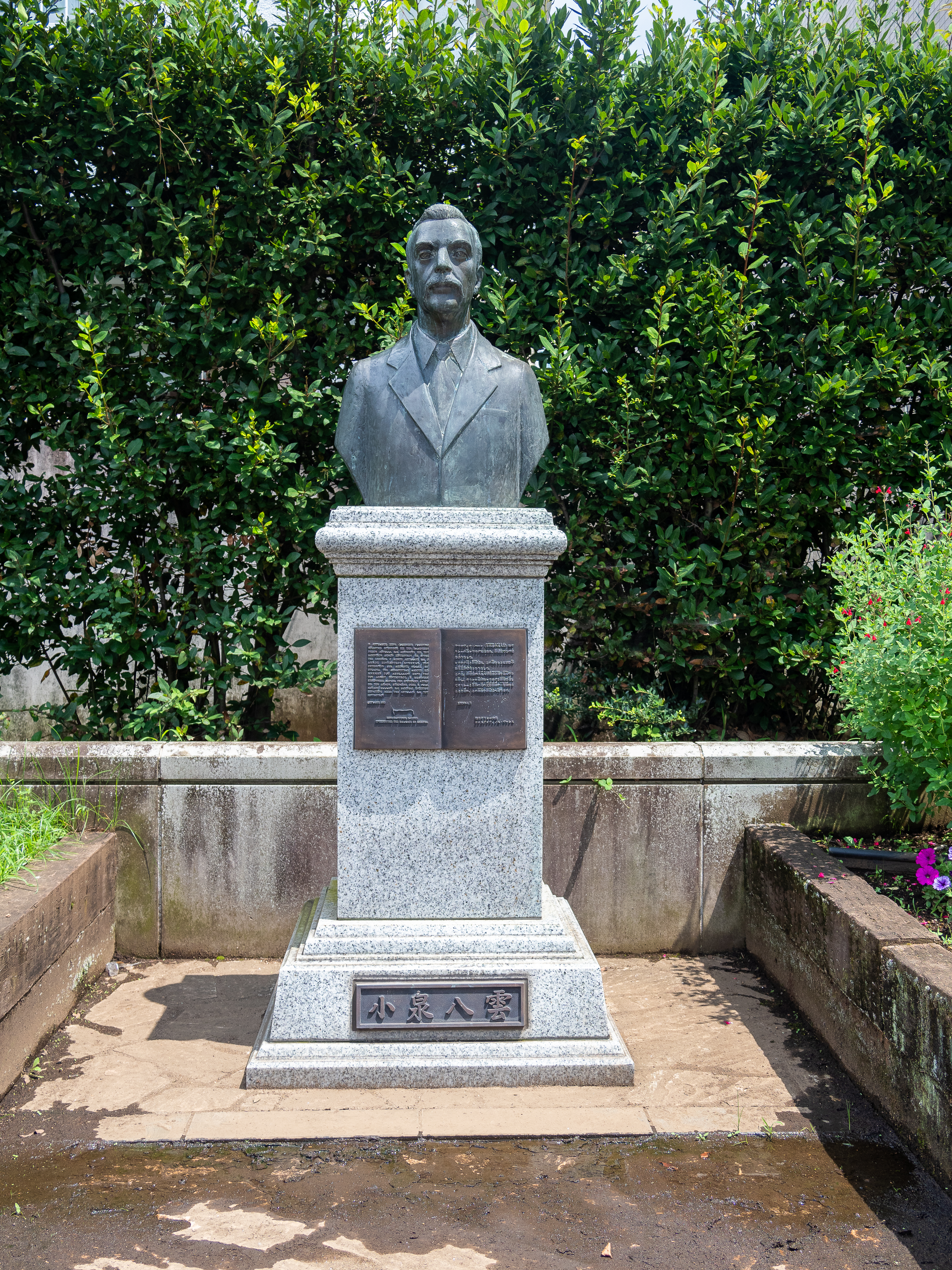
7-min. walk from Higashi-shinjuku Station on the Toei Oedo Line
18-min. walk from Shinjuku-sanchome Station on the Toei shinjuku Line
Address 1 Okubo, Shinjuku Ward
Hours 8:00 - 18:00 (- 17:00 from October to March)
Contact 03-5273-3914 (Midori Park Section, Shinjuku Ward Office)
Shiki Masaoka Memorial Stadium
A baseball park in Ueno commemorating a great haiku poet who loved baseball
Known for his haiku "Bite a persimmon / And I hear the big bell gong / Horyuji Temple," Masaoka Shiki loved baseball, which had just been introduced into Japan in the early Meiji era. He liked to play baseball in the open field in Ueno Onshi Park, and devised the Japanese translations for baseball terms such as "batter" and "runner." In light of this achievement, the baseball park in Ueno Onshi Park was named "Shiki Masaoka Memorial Stadium." Within it, there is also a monument describing Shiki's enthusiasm for the sport.
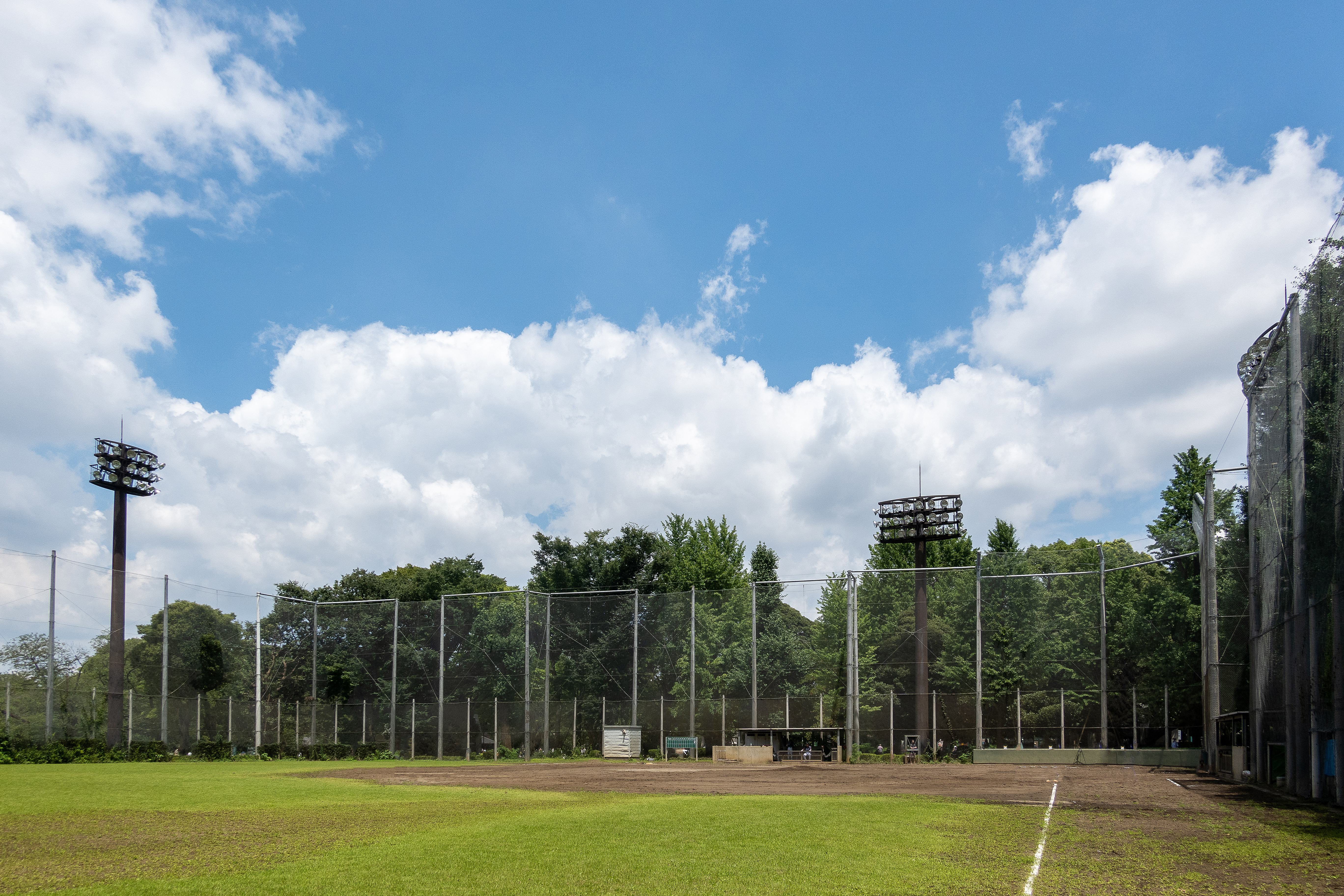
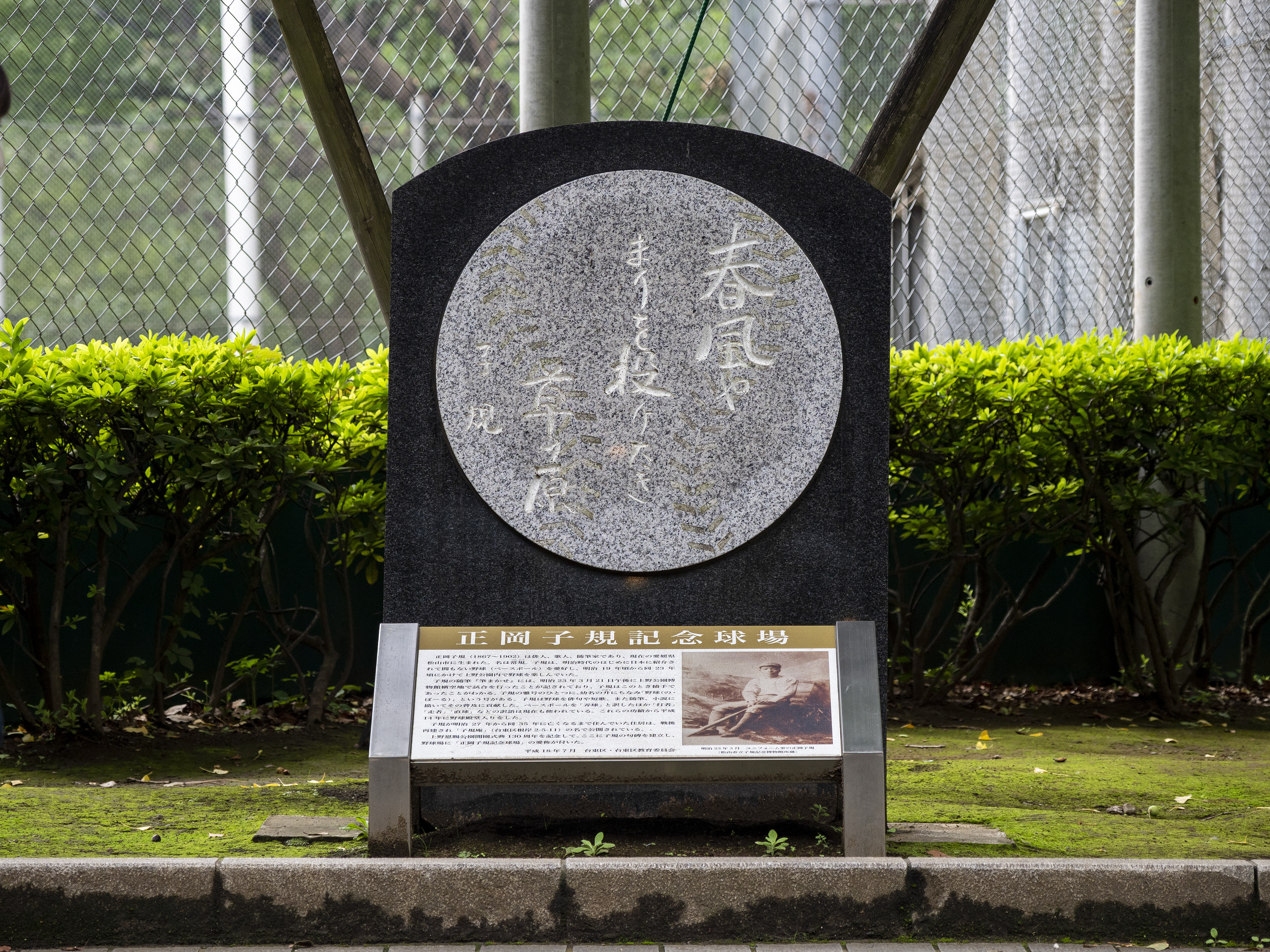
15-min. walk from Ueno-okachimachi Station on the Toei Oedo Line
Address 5 Ueno Koen, Taito Ward (Ueno Onshi Park Management Office)
Contact 03-3828-5644 (Ueno Onshi Park Management Office)
Neighborhood of the former Koto Jinjo Elementary School
A school attended by Akutagawa Ryunosuke in his youth
Koto Jinjo Elementary School, which Akutagawa Ryunosuke attended, is now Ryogoku Elementary School. On the northwestern corner outside it there stands a monument inscribed with a passage from "Toshishun," a short story by Ryunosuke. Ryunosuke lived in the Ryogoku neighborhood during the impressionable age from his childhood to adolescence. At a spot along Keiyo expressway at north west of the monument is a sign indicating that it was the place where he was born and raised.
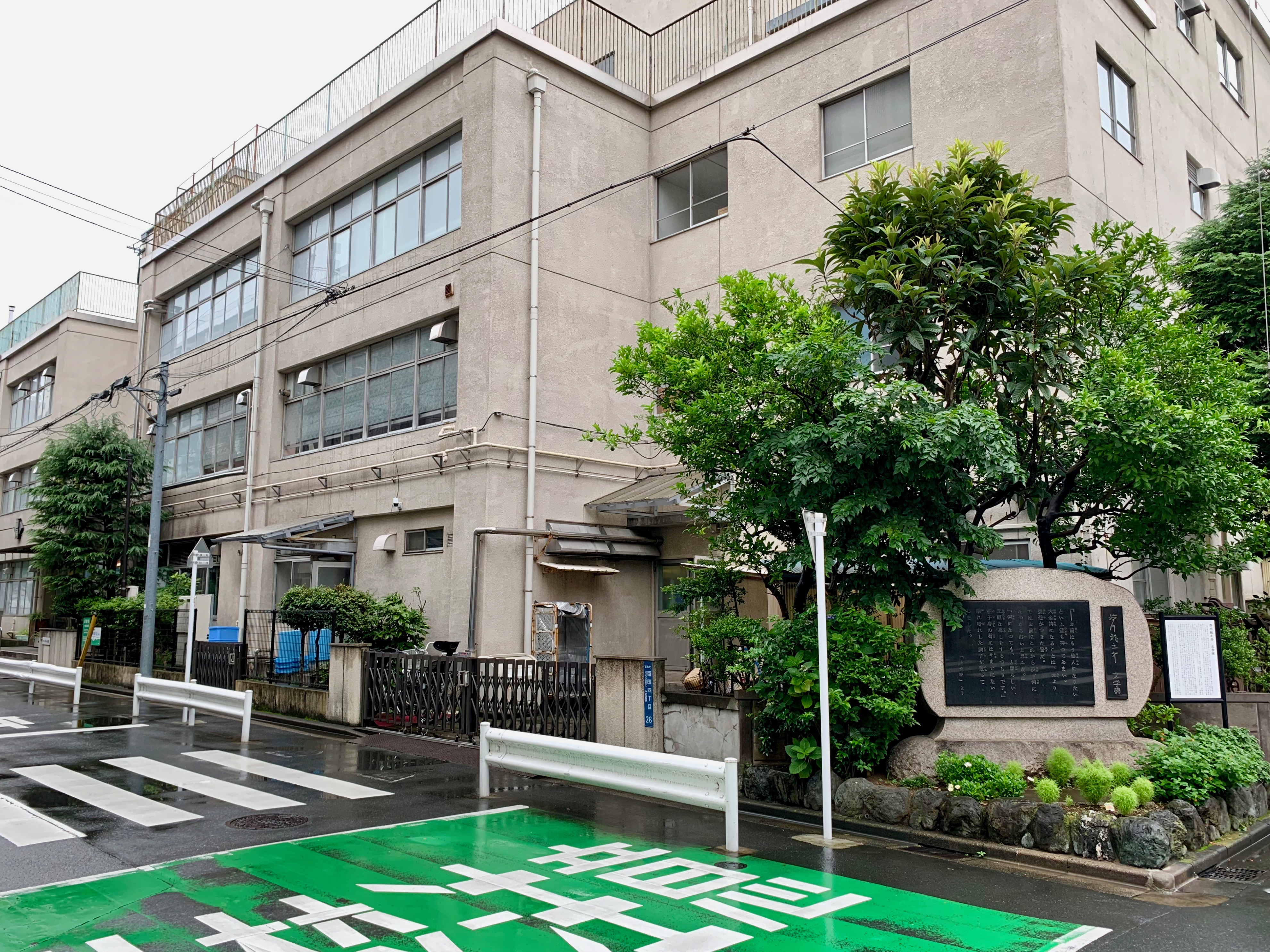
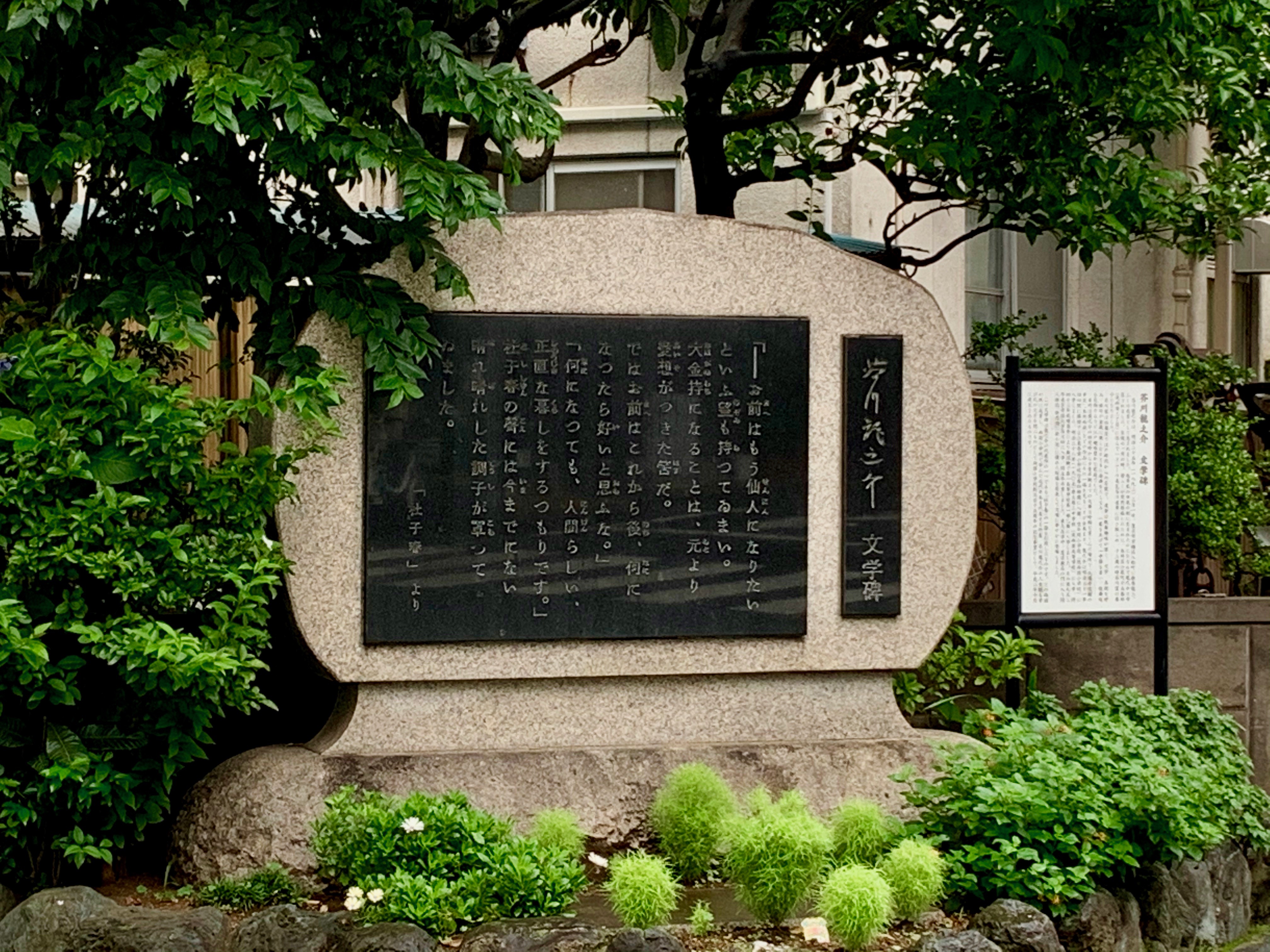
7-min. walk from Ryogoku Station on the Toei Oedo Line
17-min. walk from Asakusabashi Station on the Toei Asakusa Line
Address 4 Ryogoku, Sumida Ward
